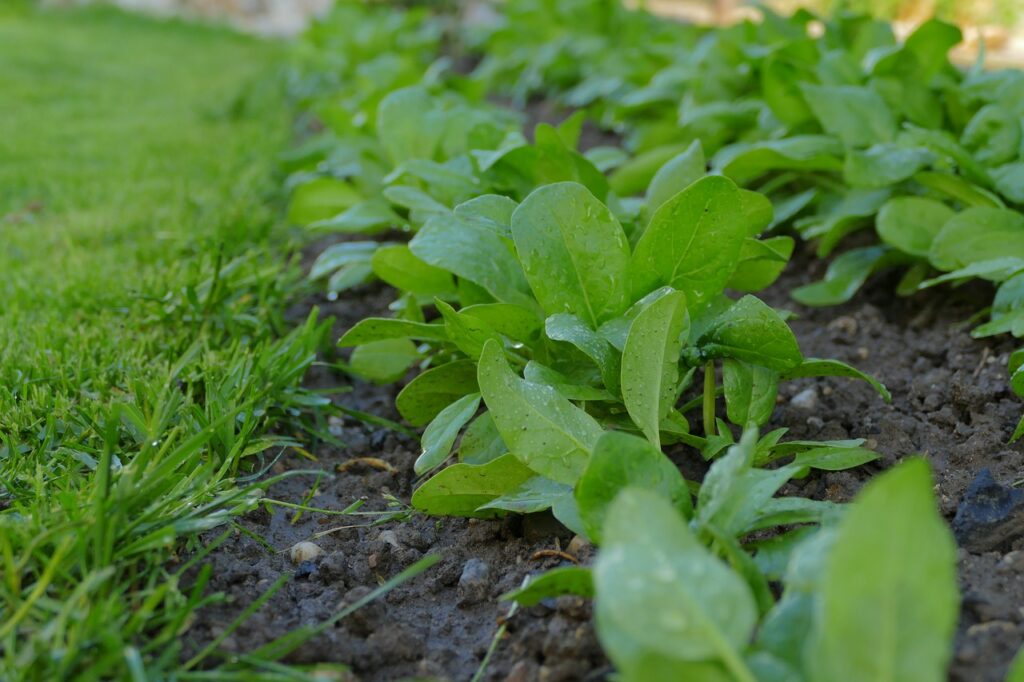At In Harmony Farm, we work fiercely through regenerative agriculture and climate-smart practices to produce fresh, healthy food while improving our soil health, protecting our water quality and preserving Iowa ecosystems.
The concept of regenerative agriculture is not new. It was used by indigenous communities centuries ago. It is an agricultural approach that focuses on the interconnectedness of farming systems and the ecological system.
The top five principles to regenerative agriculture include:
- Maximize the health and vitality of farm soil by using farming practices such as no-tilling to reduce the physical, biological, and chemical soil disturbances.
- Minimize the need for tilling by covering the soil with vegetation and natural material through mulching, cover crops, and pasture.
- Retain water and nutrients by increasing plant diversity
- Keep living roots in the soil by planting winter cover crops to help stabilize soil, retain excess water, and minimize nutrient runoff.
- Integrate animals into the farm as much as possible to allow manure produced add valuable nutrients to the soil, reducing the need for fertilizers and increasing organic matter.
Climate-smart agriculture is an integrated approach to managing landscapes—cropland, livestock, forests and waterways —that addresses the interlinked challenges of food security and accelerating climate change.
Climate-smart agriculture has three main goals:
- Increase productivity: Produce more and better food to improve nutrition security and boost incomes.
- Enhance resilience: Reduce vulnerability to drought, pests, diseases and other climate-related risks and shocks; and improve capacity to adapt and grow in the face of longer-term stresses like shortened seasons and unpredictable weather patterns.
- Reduce emissions: Pursue lower emissions for each calorie or pound of food produced, avoid deforestation from agriculture and identify ways to absorb carbon out of the atmosphere.

